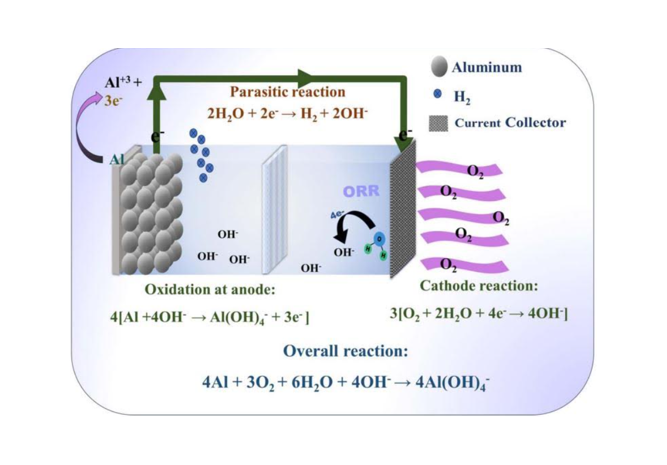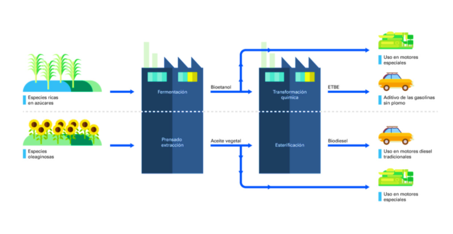
Responsable of Laboratory Bioengineering and Chemical Engineering Department
Aluminum-air (A-air) batteries offer significant advantages in terms of high energy density and power, enabling their application in electric vehicles. However, they have some design limitations, with aluminum corrosion being one of the most significant obstacles. Furthermore, the abundance and recyclability of aluminum, along with its lower environmental impact compared to conventional technologies, are crucial factors in their favor.
Producing aluminum from recycled scrap (secondary resources) requires only 5% of the energy needed to obtain the same amount from bauxite (primary resources). Aluminum recycling is essential not only because of its significant profitability, but also because it is crucial for the aluminum industry to develop new technologies that maximize the benefits of recycling, enabling its wider use in the manufacturing industry.

Students in Chemical, Mechanical, Electronic, and Mechatronics Engineering are conducting research focused on the optimization of aluminum-air batteries, with the goal of exploring their viability as a more sustainable alternative to lithium batteries.
The modular design of this research uses accessible and sustainable materials, such as aluminum foil, filter paper, activated carbon, and KOH as the electrolyte, with the possibility of using NaCl as an alternative. The goal is to improve the efficiency, stability, and durability of these batteries through experimental testing and material optimization.
The AICHE UTEC team is working to perfect this technology at the laboratory level, evaluating its performance compared to lithium-ion and lead-acid batteries, which are widely used today.
The focus of this research not only covers the electrochemical development of the battery, but also aspects of design and energy efficiency. The combination of knowledge from different branches of engineering allows for the evaluation of the application of these batteries in various storage and sustainable mobility contexts, driving innovation and the development of new energy technologies.

The purpose of this research is to contribute to the development of more environmentally friendly and economically viable batteries, promoting the use of energy storage technologies aligned with the principles of the circular economy and sustainability.
References
S. Al-Alimi, N. Kamilah Yusuf, A. M. Ghaleb, M. Amri Lajis, S. Shamsudin, W. Zhou, Y. M. Altharan, H. S. Abdulwahab, Y. Saif, D. Hissein Didane, Ikhwan S T T, Anbia Adam. Recycling aluminium for sustainable development: A review of different processing technologies in green manufacturing, Results in Engineering, Volume 23, 2024. https://doi.org/10.1016/j.rineng.2024.102566
Bharti Rani, Jitendra Kumar Yadav, Priyanka Saini, Anant Prakash Pandey, Ambesh Dixit. Aluminum–air batteries: current advances and promises with future directions. RSC Adv., 2024,14, 17628-17663.https://doi.org/10.1039/D4RA02219J




